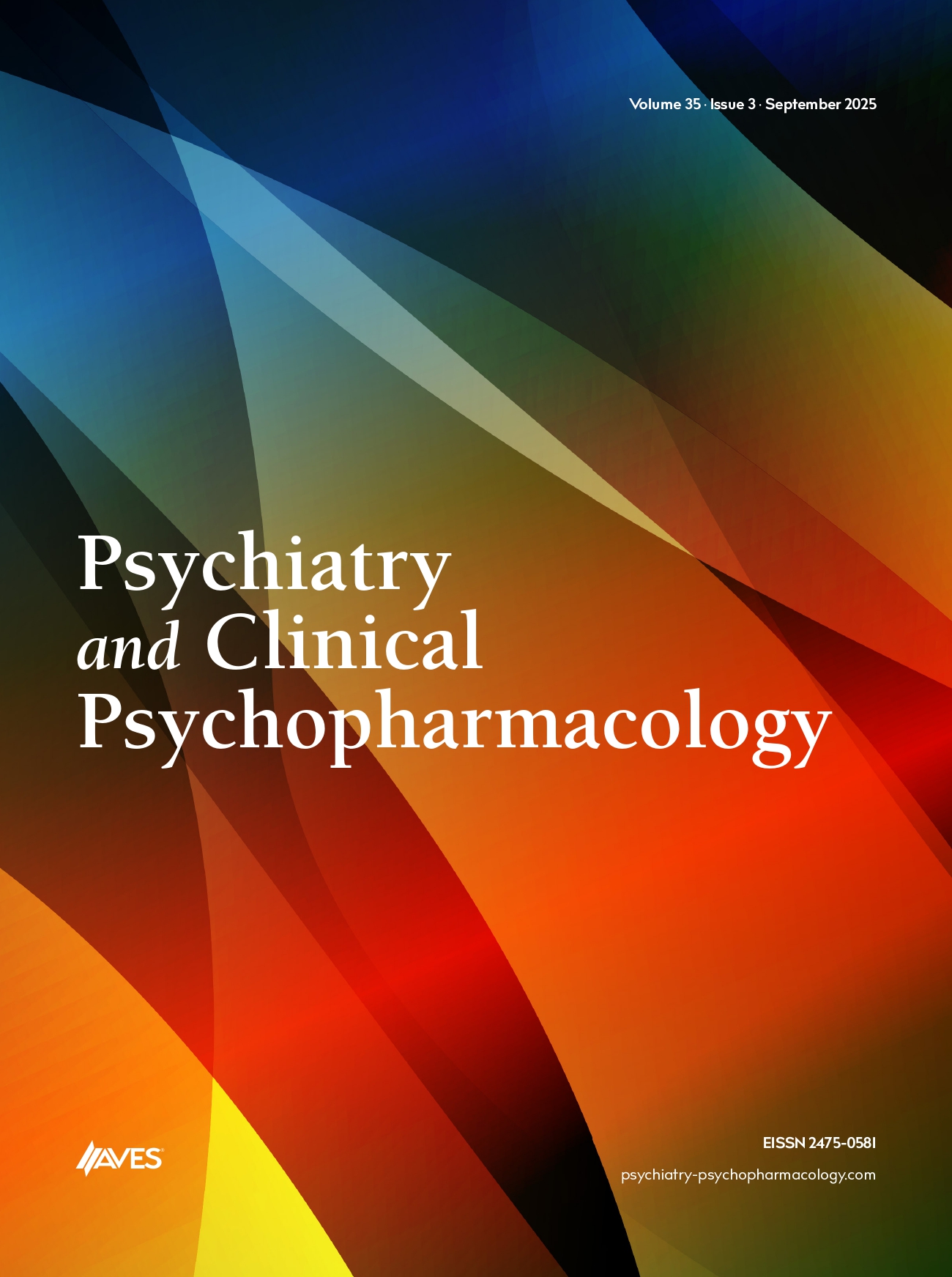Objective: Previous studies have shown that chronic inşammation is associated with lots of chronic disease such as malignancy, diabetes mellitus, hypertension, connective tissue disease, chronic kidney disease, coronary artery disease and psychiatric disorders. White blood cell count and C-reactive protein are some of the predictors of chronic inşammation. Neutrophils and leukocytes play an important role in inşammatory processes. Neutrophil to lymphocyte ratio (NLR), which can be derived from the white blood cell count is an inexpensive, reproducible test and has been investigated as a new predictor for systemic inşammatory response. The aim of this study was to explore the association between NLR and severity of depression in patients with depressive disorders. To the best of our knowledge, this is the first study in literature to evaluate association between NLR and severity of depression in depressive disorders.
Methods: The study population consisted of 256 patients with depression. All patients were evaluated with Hamilton Rating Scale for Depression (HAM-D). Patients were classified into four groups in reference to their HAM-D score such as mild, moderate, severe, and very severe depression (HAM-D scores 8-13, 14-18, 19-22, and >= 23, respectively).
Results: Baseline characteristics and clinical data were shown in table 1. Patient characteristics and usage of antidepressant drugs were similar between groups. Patients with higher HAM-D score had significantly higher NLR values compared to patients with lower HAM-D score. Correlation analysis revealed that severity of depression was associated with NLR (r= -0.333, p<0.001) in patients with depressive disorders.
Conclusion: We demonstrated that higher HAM-D scores were associated with higher NLR values in patients with depressive disorders and severity of depression was also correlated with NLR values in these patients. A simple cheap white blood cell count may also give idea about severity of depression and should be included in psychiatric evaluation of these patients.


.png)
.png)